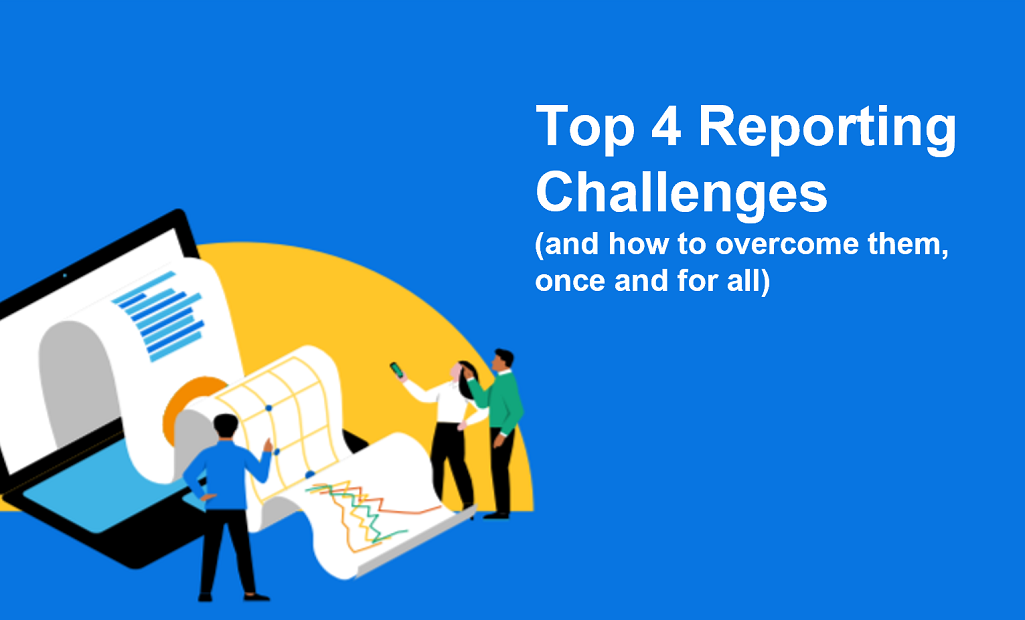
Mastering Reporting Challenges with Business Intelligence Software
In today’s fast-paced and data-driven business environment, organizations are faced with numerous reporting challenges that can hinder their ability to make informed decisions and stay ahead of the competition. With the vast amount of data being generated on a daily basis, it can be overwhelming to extract insights and create meaningful reports that provide actionable intelligence. This is where business intelligence (BI) software comes into play, empowering organizations to master reporting challenges and uncover hidden opportunities for growth and improvement.
The Importance of Reporting in Business
Reporting is a critical component of any business, as it enables organizations to track performance, identify areas for improvement, and make data-driven decisions. Effective reporting helps businesses to:
- Monitor key performance indicators (KPIs): Reporting allows organizations to track KPIs such as sales, revenue, customer satisfaction, and operational efficiency.
- Identify trends and patterns: By analyzing reports, businesses can identify trends and patterns that may indicate opportunities or challenges.
- Make informed decisions: Reporting provides the insights needed to make informed decisions, such as investments, resource allocation, and strategic planning.
- Improve operational efficiency: Reporting helps organizations to identify areas for process improvement, streamlining operations and reducing costs.
Common Reporting Challenges
Despite the importance of reporting, many organizations face significant challenges in creating and managing reports. Some common reporting challenges include:
- Data complexity: The vast amount of data generated by businesses can be overwhelming, making it difficult to extract insights and create meaningful reports.
- Data silos: Data is often scattered across multiple systems and departments, making it challenging to integrate and analyze.
- Lack of standardization: Reporting formats and templates may vary across departments, making it difficult to compare and contrast data.
- Manual reporting processes: Manual reporting processes can be time-consuming, prone to errors, and may not provide real-time insights.
- Insufficient reporting tools: Traditional reporting tools may not be equipped to handle the complexity and volume of data, leading to incomplete or inaccurate reports.
The Role of Business Intelligence Software
Business intelligence (BI) software is designed to help organizations overcome reporting challenges by providing a comprehensive platform for data analysis, reporting, and visualization. BI software empowers businesses to:
- Integrate data sources: BI software can integrate data from multiple sources, including databases, spreadsheets, and cloud-based applications.
- Create standardized reports: BI software provides templates and formatting options to create standardized reports that can be easily shared and compared.
- Automate reporting processes: BI software automates reporting processes, reducing the need for manual data entry and minimizing errors.
- Provide real-time insights: BI software provides real-time insights, enabling businesses to respond quickly to changing market conditions and customer needs.
- Enhance data visualization: BI software offers advanced data visualization capabilities, making it easier to understand complex data and identify trends and patterns.
Key Features of Business Intelligence Software
When evaluating BI software, organizations should look for the following key features:
- Data integration: The ability to integrate data from multiple sources, including databases, spreadsheets, and cloud-based applications.
- Report creation: The ability to create customized reports using templates, formatting options, and drag-and-drop functionality.
- Automation: The ability to automate reporting processes, including scheduling and distribution.
- Data visualization: The ability to create interactive and dynamic visualizations, including charts, graphs, and maps.
- Security and access control: The ability to control access to reports and data, ensuring that sensitive information is protected.
Benefits of Business Intelligence Software
By implementing BI software, organizations can experience numerous benefits, including:
- Improved reporting efficiency: BI software automates reporting processes, reducing the time and effort required to create and manage reports.
- Enhanced data insights: BI software provides real-time insights, enabling businesses to make informed decisions and respond quickly to changing market conditions.
- Increased accuracy: BI software minimizes errors and inconsistencies, ensuring that reports are accurate and reliable.
- Better decision-making: BI software provides actionable intelligence, enabling businesses to make data-driven decisions that drive growth and improvement.
- Competitive advantage: BI software enables organizations to stay ahead of the competition by providing timely and accurate insights that inform strategic decision-making.
Best Practices for Implementing Business Intelligence Software
To ensure the successful implementation of BI software, organizations should follow these best practices:
- Define clear goals and objectives: Clearly define the goals and objectives of the BI project, including the types of reports and insights required.
- Assess data sources and quality: Assess the quality and availability of data sources, ensuring that they are reliable and accurate.
- Choose the right BI software: Choose BI software that meets the organization’s specific needs and requirements.
- Provide training and support: Provide training and support to end-users, ensuring that they can effectively use the BI software.
- Monitor and evaluate: Monitor and evaluate the effectiveness of the BI software, making adjustments as needed to ensure that it continues to meet the organization’s evolving needs.
Conclusion
Mastering reporting challenges with business intelligence software is essential for organizations seeking to stay ahead of the competition in today’s fast-paced and data-driven business environment. By implementing BI software, organizations can overcome common reporting challenges, improve reporting efficiency, and gain actionable insights that inform strategic decision-making. By following best practices and choosing the right BI software, organizations can unlock the full potential of their data and achieve significant benefits, including improved reporting efficiency, enhanced data insights, and better decision-making. Whether you’re a small business or a large enterprise, BI software can help you master reporting challenges and drive business success.
Closure
Thus, we hope this article has provided valuable insights into Mastering Reporting Challenges with Business Intelligence Software. We thank you for taking the time to read this article. See you in our next article!


